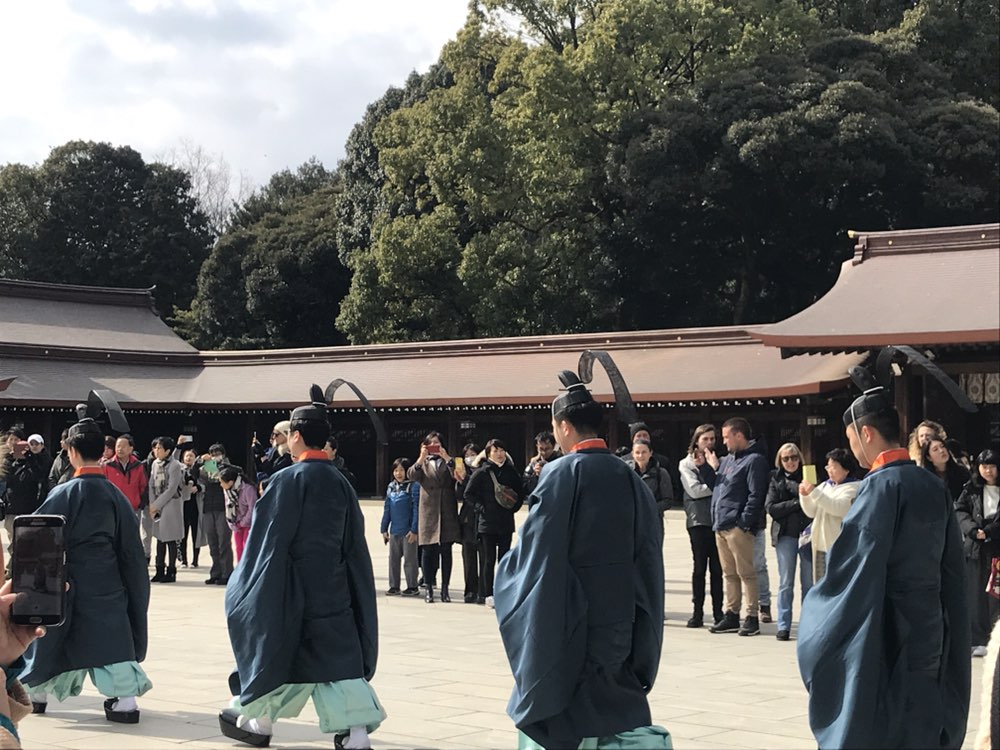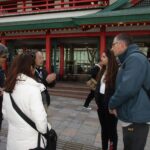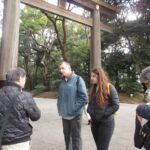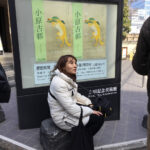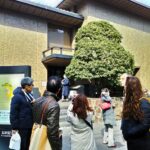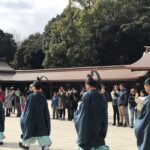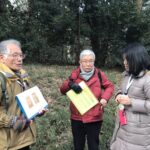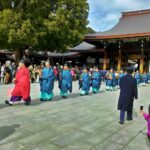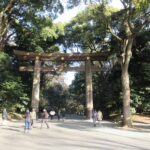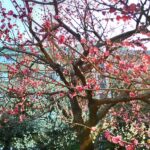Thank you for joining our Tokyo Free Walking Tour in Harajuku area.
On that day, February 17, we were honored to welcome three guests to our walking tour. These people came from different corners of the world, including Israel and U.S.A,.
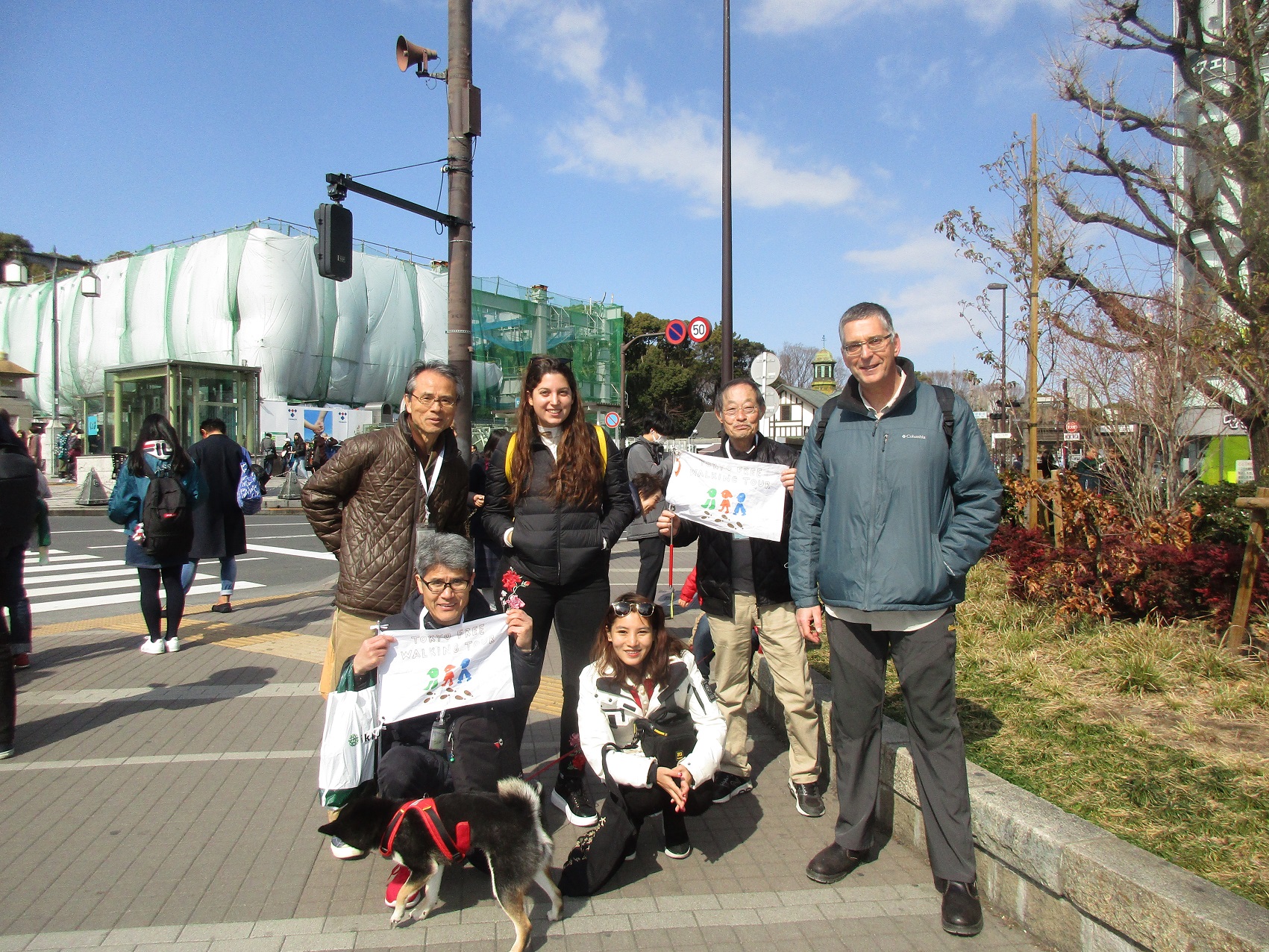
As observed nationwide, the cold front that approached Japan and relentlessly brought about a strong mass of cold air for the past few days, is leaving.
It is highly likely that there is a breakthrough in the cold temperature and the weather seems to have finally improved.
In Tokyo, the temperature has ranged from 2 to 15 degrees Celsius during the week.
It is said that this kind of weather transition symbolizes the end of winter season.
As our group was walking along its usual tour route, we encountered a stream of visitors moving towards the main religious hall of the shrine.
Normally, it takes around 15 minutes of walking from the torii gate, or the Shinto shrine gate to the main building of the holly ground.
This gives us enough time to introduce a few features and locations we pass by along the way, like torii and the tamajyari path, or the path covered by small gravel. Both of these things are significant to the Japanese faith.
Aside from these excitements, we happened to see a specific event called Kinensai, or an event to pray for a huge harvest nationwide.
We saw the ritual made in the main hall, and the lined Shinto priests proceeding to a gate.
These things are good conversation starters when talking about Japanese religion.
- Kinennsai, a Shinto ritual
- Tamajyari
- torii
Looking around all parts of Japan, Ume season has finally come.
Ume, or Japanese apricot trees, are typical fruit and flower-bearing trees in Japan that bloom nationwide from late January until the early of March.
They serve as a significant sign of the end of the long winter season, and a sign that spring is about to start.
Ume is also the earliest to bloom among the attractive flower-bearing trees and plants that can typically be found in parks, gardens, and religious compounds.
These lovely flowers also perform a duty of acting as a prelude before cherry blossoms bloom, until sakura trees begin to flourish in early of March.
Aside from their beauty, these flowers are also used to describe Japanese proverbs.
For instance, the phrase “Ume Ni Uguisu” or “Ume and Nightingales”, symbolize harmonic relationships and co-existence, considering that the flower and bird typically represents scenic beauty.
Although we can rarely witness this scene in urban areas, religious places in Japan often serve as a background to Ume and nightingale.
Moreover, these distinctive flowers have amazing versatile in case they are used in dishes.
For instance, umeboshi or salt pickled plums can serve as adaptable seasonings to lessen the fishy smell in cooking.
Aside from that, umeboshi is a dispensable ingredient used in bento box, or a boxed lunch because it can prevent food from being spoiled.
Please come and stroll in Tokyo to find the beauty of these seasonal flowers.
(By Arac)

